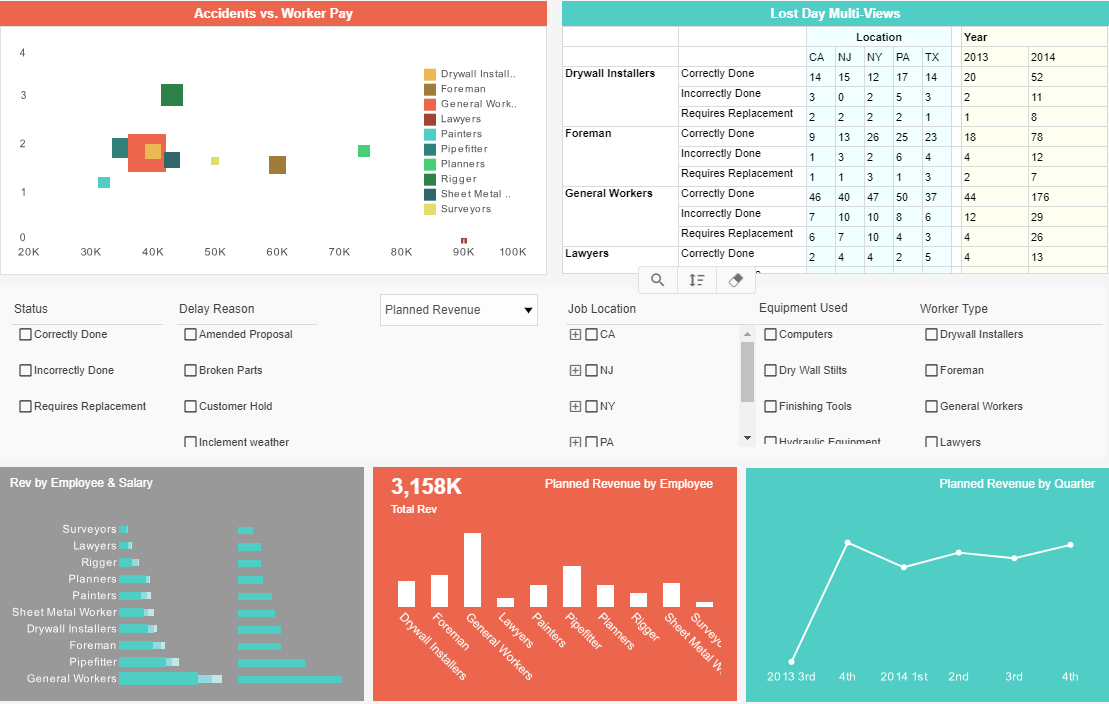InetSoft Webinar: Learning to Collaborate on Performance Improvement
This is the continuation of the transcript of a Webinar entitled, "Infrastructure Optimization Scorecards” hosted by InetSoft. The speaker is Jessica Little, Marketing Manager at InetSoft.
This brings me to my next point: how to collaborate on performance improvement with other business units in an organization. I personally would like to see more credit go to the things that are more on time and respectable than the negative aspects that get recognized. Part of that requires a governing body that’s out to change the environment. We’ve heard a number of thought leaders say why the environment needs to change and how it can’t be a serial process. You have to set it up and make it easy enough so there’s a parallel path for change. Each business area has to have their own piece of change, but in the end, they all have to fit together.
So basically, you have to have a little bit of value and commonality for each of the business areas. So for a large organization, each business area has to be aligned with each other and produce their own results at the same time. This is pretty self explanatory, and then the repository can really link these pieces together. I would really like to create this. I still haven’t actually figured out how to design this so that there is a cluster of improved service capabilities for each area.
| #1 Ranking: Read how InetSoft was rated #1 for user adoption in G2's user survey-based index | Read More |
How Do You Share Work With Another Business Unit?
Using Joe as an example, who’s in one business unit, has completed his task. How do you share his work with another business unit? How do you make that happen in a real life project and make it successful? How do you get that?
Now using Sam as the example, he’s struggling with the same problems and capabilities, like having a way to search through the repository for information and connecting people’s work together. People have to learn to collaborate and coexist with each other and this must be easily adaptable some way. If that’s possible, we can know beforehand what we’re doing and have a plan laid out. This is what happened to Medicaid and some states.
10 states got together and saw a problem with eligibility issues and fraud so they started sharing information. The environmental area has done the same thing as well. The federal government didn’t have enough money to share environmental data with every state so the states got together to build a community across the government.
So the idea of working more as a community is very appealing. One of the benefits of coming here is I know how far I am to getting my thoughts and how to improve it. The problem is, I’m a dashboard designer, an integrator of things, and I see that these ideas of scorecard design rules use capabilities, maturity models, and scorecards can fit together but people first have to be engaged.
 |
View a 2-minute demonstration of InetSoft's easy, agile, and robust BI software. |
Not only do a small handful of people at the top of the organization need to be engaged, but also the entire organization as a whole. With web-based reporting technology, at least with web repositories, people can at least say you can go to that repository and look at it. That’s how they can contribute without giving any excuses.
| Previous: Reasons to Track and Improve Performance Measurements |
